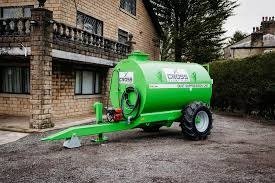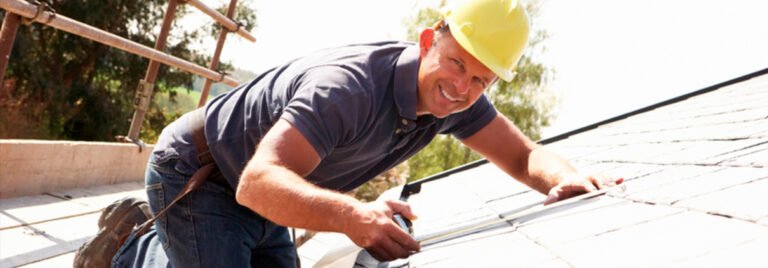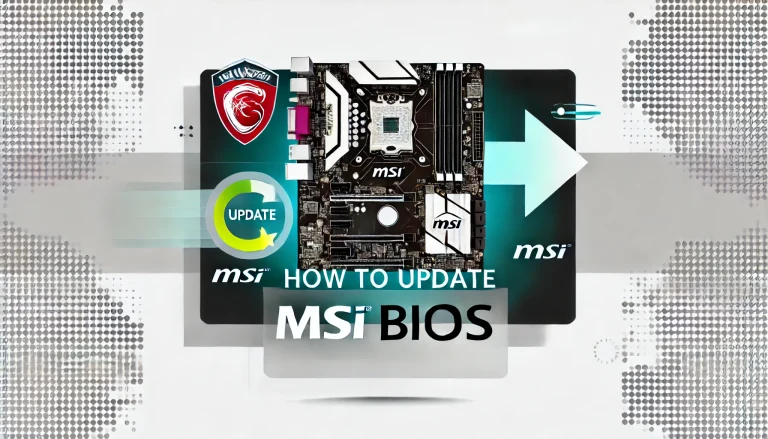Managing dust on industrial and construction sites is more than just a housekeeping task — it’s a vital part of creating a safe, productive, and legally compliant working environment. Whether you’re operating a quarry, demolition site, construction zone, or agricultural site, the right dust suppression equipment can make all the difference.
Dust generated from cutting, drilling, crushing, transporting, or handling materials doesn’t just make a mess. If left unchecked, it becomes a health hazard, an environmental concern, and a threat to productivity. Airborne particles can cause respiratory issues, reduce visibility, damage machinery, and even violate HSE regulations. That’s why businesses are turning to professional-grade equipment specifically designed to control dust at the source.
There are several types of dust suppression equipment available, each suited to different environments, materials, and operational needs.
1. Misting Cannons (Fog Cannons)
One of the most popular solutions, misting cannons project fine droplets of water over a large area. These droplets bind with dust particles, weighing them down and preventing them from becoming airborne. With adjustable nozzles and remote control options, mist cannons are ideal for outdoor and large-scale operations like demolition sites, recycling yards, and open-pit mines. They’re especially useful when wind direction changes frequently, as the spray can be targeted where it’s needed most.
2. Mobile and Static Spray Systems
These systems can be fitted around conveyors, crushers, and hoppers to directly tackle high-dust zones. Whether plumbed into a mains supply or attached to portable tanks, spray bars and nozzle systems offer continuous dust suppression right at the source. Some static units are automated to adjust output based on dust levels or site conditions, increasing efficiency and conserving water.
3. Dust Suppression Bowsers
Perfect for sites without permanent water connections, a dust suppression bowser is essentially a water tank mounted to a trailer or vehicle. It can be driven around the site, spraying water through rear-mounted sprayers or handheld hoses. This makes it a flexible solution for covering haul roads, stockpiles, and wide-open spaces quickly and effectively.
4. Enclosed Extraction Units and Dust Collectors
For indoor or enclosed environments like warehouses and factories, air filtration and extraction systems are often the best choice. These units capture dust at the source and filter it out before clean air is recirculated. They’re vital in industries like woodworking, metalworking, and pharmaceuticals where airborne particles can pose serious health risks.
5. Chemical Dust Suppressants
While not equipment in themselves, many systems are designed to work in tandem with chemical agents that coat materials or roadways to reduce dust release. These are particularly useful in dry climates or areas where water conservation is a concern.
Investing in the right dust suppression equipment is about more than keeping things tidy. It helps businesses stay compliant with environmental regulations, protects the health of workers, extends the lifespan of machinery, and improves visibility and working conditions across the site.
With so many options available — from compact units for small-scale projects to heavy-duty machines for major operations — there’s a dust suppression solution for every scenario. Choosing the right one depends on the size of your site, the type of materials being handled, water availability, and how mobile or fixed the setup needs to be. But one thing is clear: proper dust suppression equipment isn’t a luxury. It’s a necessity for modern, responsible site management.







